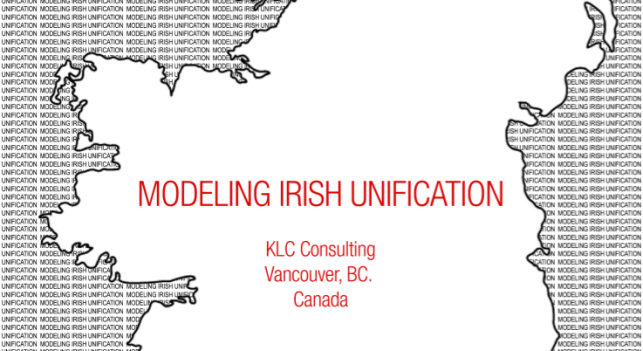PRCG CEO Moderates Presentation of First-Ever Economic Modeling of Irish Unification

FIRST-EVER ECONOMIC MODELING DETAILS ECONOMIC BENEFITS OF IRISH UNIFICATION
Study by researchers who have examined German and Korean unification models shows long-term improvement of GDP per capita in the North of 4 to 7.5 percent, while the Republic would see a boost of 0.7 to 1.2 percent.
New York, NY (November 17, 2015) – At an evening presentation at the Harvard Club in Midtown Manhattan, two prominent scholars in the field of political science and economics released the findings of a landmark, first-ever economic study entitled Modeling Irish Unification, which showed significant long-term improvement in the stagnant Northern Irish economy would result from removing currency, trade and tax barriers that currently impede economic growth.
The report also showed improvements for the Republic of Ireland, which would benefit from barrier-free access to the Northern Irish market. By modeling three separate unification scenarios, the researchers showed a long-term improvement of GDP per capita in the North of 4 to 7.5 percent, while the Republic of Ireland would see a boost of 0.7 to 1.2 percent.
The report presents the first comprehensive economic models simulating the political and economic integration of Northern Ireland and the Republic of Ireland. The study is particularly timely given current debates over Irish economic growth and the U.K.’s continued participation in the European Union. Three unification scenarios were presented, with the most aggressive estimating a 35.6 billion Euro boost in an all-island GDP in the first eight years of unification.
The event was moderated by James F. Haggerty, CEO of PRCG.
Read the full report on modelling Irish unification, here.




 Back to News
Back to News